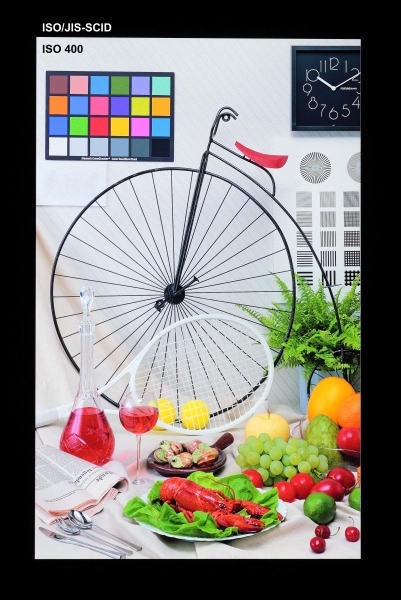Recently, Toshiba demonstrated a super-cool 6.1in display panel that sported a jaw-dropping resolution of 2,560x1,600. Putting this into context, Dell and Apple have 30in monitors that support the same exotic resolution.
This means that Toshiba has created a display with a PPI (Pixels Per Inch) count of 498, 150 per cent denser than that of Apple’s acclaimed retina display, the previous market leader. This new panel isn’t completely against the trend, with Samsung matching the resolution in a yet-to-be released 10.1in tablet display, therefore coming in with a 298.9 PPI.
What’s interesting is that
Toshiba’s display
pushes the limits of pixel density even further, holding out hope for
even-greater densities in small form-factor devices that could
potentially
rival the
fundamentally different e-ink technology, which is able to produce
smooth text
without the use of pixels; once pixels become too small for the eye to
see, a
large barrier in pixel technology will have been broken.
![]()
What’s not yet known is if and when this or future panels touting the high-density pixel technology will be available. The recent trend of panel-makers to push resolution limits would suggest that this product isn’t just to showcase Toshiba’s technical brilliance, but whether Toshiba and its clients think now is the right time in the market for this display is another matter.
Other specifications of the display
show that it
has a large
176-degree viewing angle, 1000:1 contrast ratio and covers 61 per cent
of the NTSC
colour spectrum.














